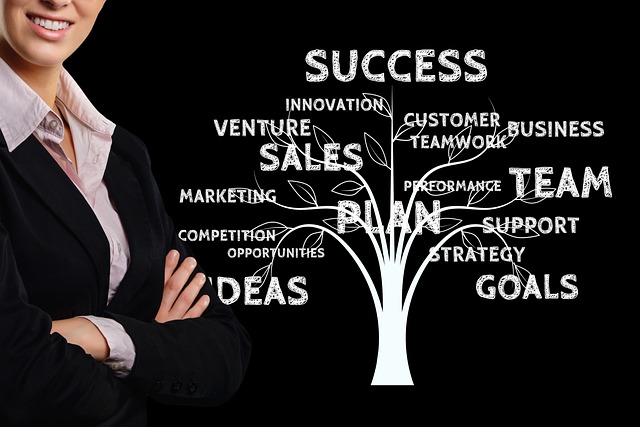In today’s digital age, having a strong online presence is crucial for any business looking to succeed. With more and more consumers turning to the internet for their purchasing decisions, it’s essential for businesses to prioritize lead generation in order to attract and convert potential customers. But with the ever-evolving landscape of online marketing, it can be challenging to know where to start. That’s why we’ve compiled a list of essential strategies for maximizing lead generation and achieving optimal online impact.
Section 1: Know Your Audience and Target Them Effectively
The first step in any successful lead generation strategy is understanding your target audience. Who are they? What are their interests, pain points, and buying habits? By creating detailed buyer personas, you can tailor your marketing efforts to resonate with your ideal customers. This means creating content that speaks directly to their needs and desires, and targeting them through the right channels.
One effective way to target your audience is through social media. With billions of active users, platforms like Facebook, Instagram, and LinkedIn offer a wealth of opportunities for lead generation. But it’s not enough to simply have a presence on these platforms; you need to use them strategically. This means identifying which platforms your target audience is most active on and creating content that is tailored to each platform’s specific audience and format. For example, Instagram is great for visual content, while LinkedIn is better suited for professional and industry-related content.
Another effective way to target your audience is through email marketing. Despite the rise of social media, email remains one of the most powerful tools for lead generation. But with inboxes flooded with promotional emails, it’s crucial to stand out. Personalization is key here; use your buyer personas to segment your email list and send targeted, relevant content to each group. And don’t forget to include a clear call-to-action to encourage recipients to take the next step in their buyer’s journey.
Section 2: Create High-Quality Content That Provides Value
In the world of online marketing, content is king. But it’s not just about creating any content; it’s about creating high-quality, valuable content that resonates with your target audience. This means understanding the different types of content that can be used for lead generation and using them strategically.
Blogs are a great way to attract potential customers to your website. By creating informative, engaging blog posts that address your audience’s pain points and interests, you can establish your business as a thought leader in your industry and build trust with your audience. And don’t forget to optimize your blog posts for SEO to increase your chances of being found by potential customers through search engines.
Videos are another powerful tool for lead generation. With the rise of video content on social media, it’s no surprise that it’s become an essential part of any online marketing strategy. Videos allow you to showcase your products or services, tell your brand’s story, and connect with your audience on a more personal level. And with the increasing popularity of live video, you can engage with your audience in real-time and build a sense of community.
Webinars are another effective way to generate leads. By hosting a live or pre-recorded webinar on a topic that is relevant and valuable to your target audience, you can attract potential customers and position your business as an expert in your field. And with the ability to collect contact information from attendees, webinars are a great way to capture leads and nurture them through the sales funnel.
Section 3: Utilize Lead Magnets and Optimize Your Website
Lead magnets are an essential tool for any lead generation strategy. These are free resources that you offer to potential customers in exchange for their contact information. Lead magnets can come in various forms, such as e-books, checklists, templates, or free trials. By providing something of value to your audience, you can entice them to provide their contact information, allowing you to continue nurturing them towards a purchase.
But it’s not enough to have lead magnets; you also need to optimize your website to capture leads effectively. This means having clear and compelling calls-to-action, strategically placed throughout your website. Your website should also have a clean and user-friendly design, with easy navigation and fast loading times. And don’t forget to use landing pages to promote your lead magnets and capture leads through forms.
In addition to lead magnets, another effective lead generation strategy is using retargeting ads. These are ads that target users who have already interacted with your website or social media accounts. By reminding them of your business and offering them a valuable incentive, such as a discount or free trial, you can entice them to return and potentially convert into customers.
In conclusion, lead generation is a crucial aspect of any successful online business. By understanding your target audience, creating high-quality content, utilizing lead magnets, and optimizing your website, you can attract and convert potential customers, leading to increased sales and business growth. So take the time to implement these essential strategies, and watch your online impact and lead generation efforts reach their full potential.

